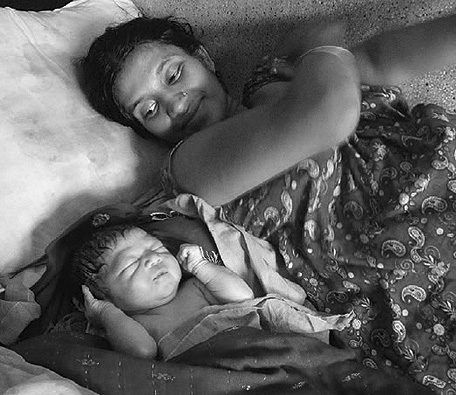Japan's Official Development Assistance White Paper 2011
Section 2 Multilateral-bilateral Partnerships
A harmonization of multilateral aid (assistance through international organizations) and bilateral aid is referred to as "multilateral-bilateral partnership." Multilateral-bilateral partnerships have two objectives. The first one is to reflect trends in international aid into the bilateral aid policies, which at the same time mainstreaming Japan's bilateral aid methods which have comparative advantage, within the recipient countries and the international community. The second objective is to effectively combine bilateral and multilateral aid in an effort to increase effectiveness of Japan’s aid under the common sectoral goals.
To achieve this desirable partnership, the following efforts are required.
•Strengthen the program approach (to combine various aid methods to address specific development issues beyond individual projects) under the sector plans of the developing countries.
•Participate proactively as a donor country in the formulation and evaluation of sector plans and in policy consultations and make policy recommendations.
•Research and introduce methods for evaluating outcomes (Monitor and evaluate the outcomes with the relevant indicators of the target country.)
•Proactively utilize an aid coordination framework* to expand Japan's efforts.
•Collaborate with international organizations including the Global Fund to Fight AIDS, Tuberculosis and Malaria, the World Bank, UNICEF, the Asian Development Bank (ADB) and the African Development Bank (AfDB), and the Education For All Fast-Track Initiative (EFA-FTI).
•Proactively communicate at multilateral for the results and experiences in pilot countries.
These efforts will continue to a variety of outcomes. For example, in the healthcare field, providing aid under a consistent strategy from the national level to the local level in a target country makes it possible to establish an environment that enables the quantitative measurement of the outcomes. This contributes to more effective and visible communication to the people of the recipient countries and Japan as well as the international community. In the education field, in order to deal with issues in basic education (for example, improvement of access to education for disabled children, children who belong to linguistic minority groups, and other children that have been marginalized, as well as improving education quality through teacher training and strengthening school adminstration), it is possible for Japan to expand its aid effectiveness through multilateral-bilateral partnerships. In addition, it is also effective for Japan to mainstream its onsite successes into the education sector plans of developing countries. To that end, Japan will continue to promote multilateral-bilateral partnerships.

A mother and her newborn child at a "Safe Motherhood Promotion Project" hospital in Bangladesh, where Japan is proactively engaged in multi/bilateral partnerships (Photo: Sayaka Oka)
Terminology
*Aid coordination framework
A framework that enables various donor countries and organizations to come to agreement on the priority of development, to integrate aid policies and implementation methods, and to coordinate activities in order to complement each other.
